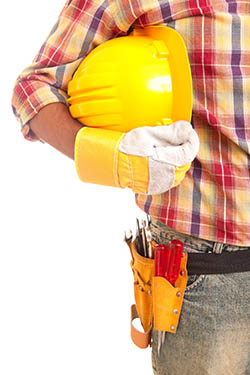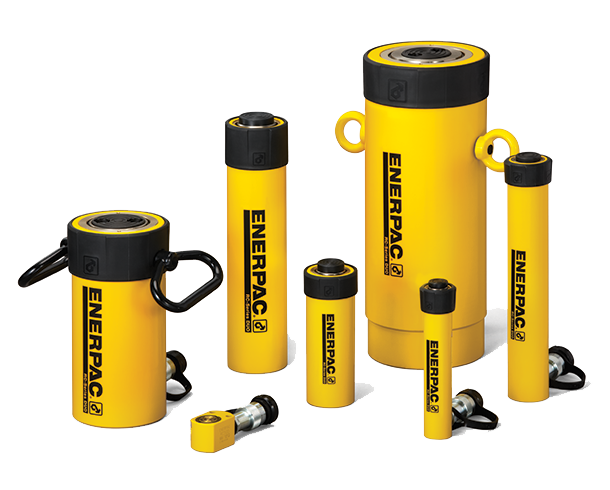Lifting Equipment Safety Check List
When it comes to lifting locomotives or rolling stock, there are several health and safety regulations that need to be complied with. Although maintenance work and scheduled repairs are pressing issues, workforce well being should be an employer’s prime concern.
Dangers exist not only with the railcar or carriage itself, but also with the lifting or maintenance equipment too. Even if workers are using the correct tools and have received comprehensive training, accidents can still happen. Therefore, it is imperative to reduce the risk of incidents and injury by working to a safety checklist.
Risk Assessment
Employees that operate lifting equipment or those overseeing repairs should ensure that a suitable risk assessment and a prescribed safe system of work have been carried out before anything takes place. This will include visual inspection and prior testing among other parameters.
Members of staff in close proximity to lifting equipment may also be at risk, so this needs to be another consideration. Periodic auditing of work while lifting is in progress should also be implemented.
Safe Systems of Work
Along with the movement of lifting equipment, other issues that require deliberation include human factors, cautionary zones and places of refuge. Employees operating lifting equipment need to understand the dangers involved, have specialist skills and knowledge, posses a sensible attitude towards safety and on-site discipline. A lack of manpower as well as worker fatigue and stress can cause accidents.
If the lifting of rolling stock is taking place where trains are still operating, a clearly visible cautionary zone should be established so approaching drivers can see maintenance workers. The train driver must stop and ask permission to continue from a nominated person, who is also responsible for ensuring the zone is safe to pass through.
Places of refuge should be readily accessible and clearly marked, have enough room for every worker on site, not be used to store materials and include places for employees to rest and eat.

Colleague and Pedestrian Safety
Even though most pieces of lifting equipment leave ample room for people and machinery to pass safely, the well being of colleagues and pedestrians must not be ignored.
In a depot, observers will need to be aware of the dangers and might require safety equipment if they’re in close proximity. On site, the use of clear, high-visibility reflective work wear is imperative. Clear communication between train drivers, transport controllers and officials in charge is paramount in order to achieve worker and passenger safety on-site.
Equipment Handling
To minimise the risk of injury from lifting rolling stock, there needs to be clear-cut arrangements for the packaging, transportation, manual handling and storage of materials and equipment. This includes the physical capabilities of workers, as back problems and trapped fingers are common injuries that can be avoided by using the correct tools.
Whether the work is taking place in a depot or on-site, tidiness and organisation will be paramount.
related Expert Guides
Ready To Buy?
Check out the hydraulic cylinder range directly available from our shop.
If you are unable to find the ideal solution or require assistance then Worlifts team of in-house experts are able to assist. Send us a message via our contact form or call us on +44(0)121 460 1113

Need To Hire?
Check out the hydraulic cylinder range directly available from our hire range.
If you are looking to hire then Worlifts offers an extensive range of Hydraulic Tools. Contact our in-house experts who will be happy to assist. Send us a message or call us on +44(0)121 460 1113